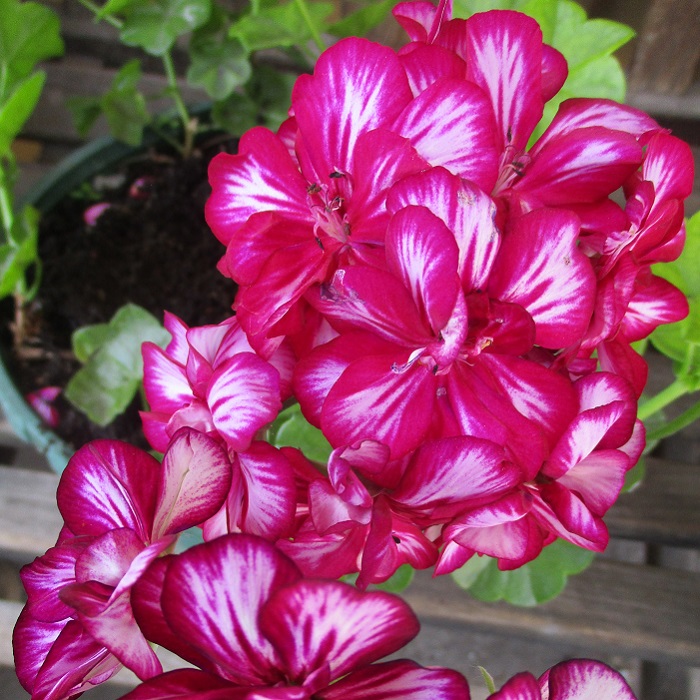UNITED STATES—Does the heat seem to have come on suddenly this year? There was all that rain through winter, then a quick but delightful spring, and now it is suddenly over a hundred degrees in some places! What happened?! There is certainly nothing abnormal about such warmth in the middle of June. It just comes as a surprise when it arrives so suddenly after such pleasantly mild spring weather.
At least warm weather here is not as dreadful as it is in other climates. It cools down a bit overnight. Humidity is typically (although not always) low. There is typically at least a bit of breeze by late afternoon, just after the worst of the warmth. We need not contend with the sort of dankly humid heat, that lasts all day and into the night without even a slight breeze, that so much of America gets.
Of course, that is no consolation now. By our standards, it is hot. Gardening is no fun, and some of it gets neglected. We become more aware of where shade trees should have been planted. We might also notice wilted or pallid plants that are not getting enough water. Pruning that was delayed while new spring growth matured may need to be delayed a bit longer, until the weather cools.
Unfortunately, the minimal humidity and occasional breezes that make the weather more comfortable for us make it more uncomfortable for the plants in the garden. Plants can realistically tolerate more heat than we can, but prefer it to be in conjunction with humidity. Otherwise, they can lose too much moisture to evapotransipiration (evaporation from foliar surfaces), and wilt or desiccate.
Automated irrigation obviously needs to be adjusted accordingly. Potted plants need more of an increase than those in the ground. Those that are overgrown, in hanging pots, or exposed to the typical evening breezes will be the most consumptive. It is not always easy to know how much they need, but one can be certain that if they are wilting, they need more than they have been getting.
Pots exposed to sunlight can get uncomfortably warm. If cascading or bushy growth does not shade the south sides, smaller potted plants can.
Highlight: ivy geranium
This is one of the more traditional perennials for old fashioned window boxes, not only because it cascades downward to avoid obstructing associated windows, but also because, back before window screens were commonly available, the aromatic foliage was purported to repel mosquitoes. Ivy geranium, Pelargonium peltatum, is splendid for hanging pots and retaining walls as well.
The best bloom is usually later in summer or in early autumn, but sporadic bloom can continue almost throughout the year. The flowers are very similar to those of more common zonal geranium, but perhaps more abundant. The slightly more extensive color range goes beyond hues of white, pink, red and peach, to include rich burgundy, pinkish lavender and candy striped red with white.
The rounded and lobed light green leaves are rather succulent, so are easily damaged. Some cultivars have slight foliar halos (semicircular zones of darker color around the centers of the leaves) almost like those of zonal geraniums, but not quite as prominent. The thin and nearly succulent stems are easy to root as cuttings. Although fragile, they can sprawl or cascade as much as six feet.
Horticulturist Tony Tomeo can be contacted at tonytomeo.com.







